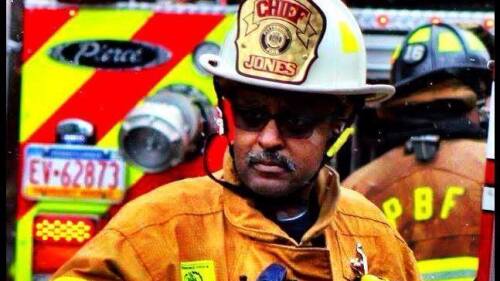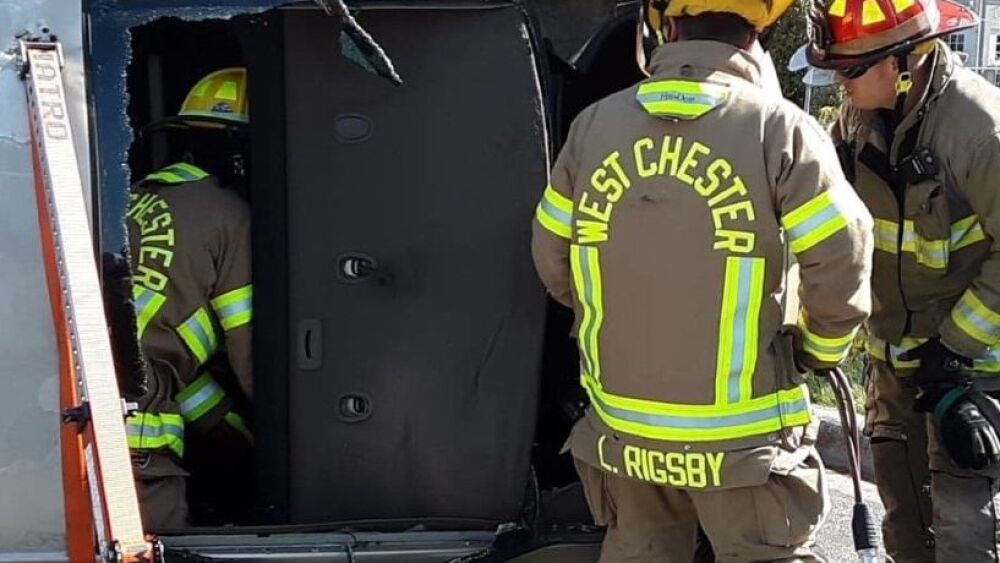Moving into a leadership role can be an exhilarating and proud moment; it can also be a daunting one. No matter whether you’re paid or volunteer, working for a department large or small, all new leaders face similar career development opportunities and administrative challenges. To be a successful new leader, you will need to identify the support systems, processes and tools to maximize the opportunities and clear the hurdles.
FireRescue1’s Fire Leader Playbook is one such tool to increase your effectiveness as a new leader, helping enhance your leadership KSAs, develop trust among your crewmembers, and build your confidence. The Playbook offers a wealth of resources, as you grow into your position of authority and move beyond basic management and supervision skills to lead and inspire with integrity and passion.


















